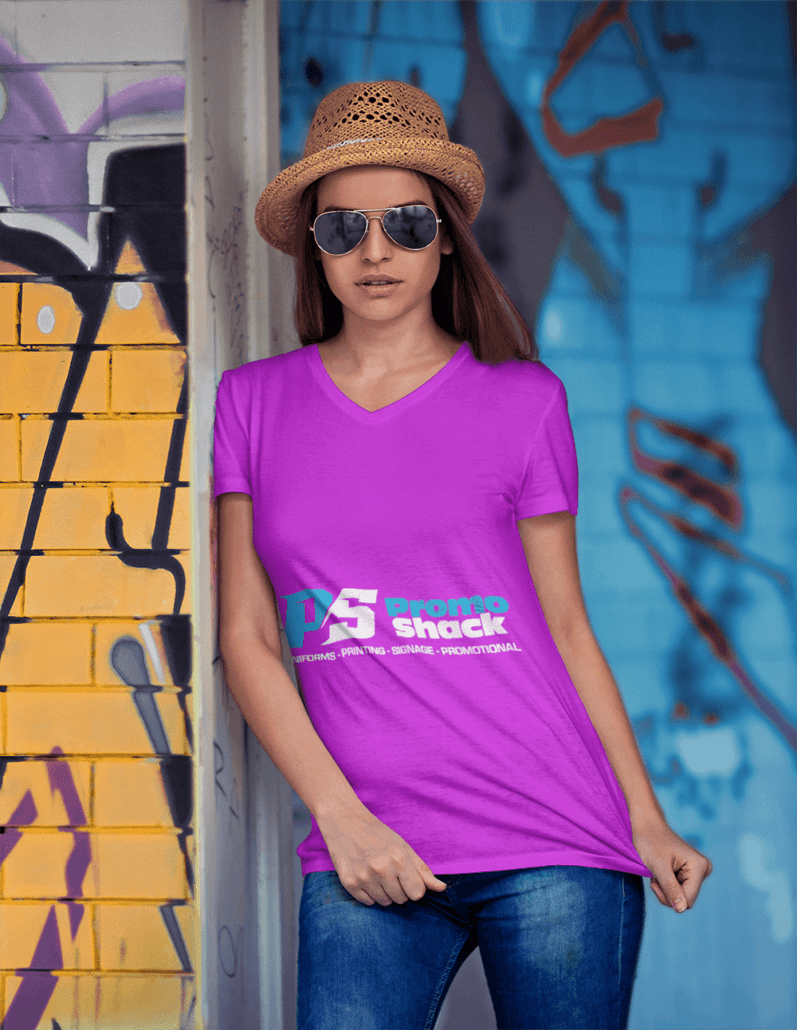PRINTING & SIGNAGE: Format Required for Artwork, Logo and Graphic Images
Physically printed items, especially large items such as signs and banners, require different images to digital images that are only viewed on a screen. The resolution becomes blurred and pixelated (little squares) if the format is not appropriate for the purpose.
For this reason, all images, including logos, artwork and graphics, must be provided as Vector Files, which enables them to be enlarged for printing whilst retaining the clarity and sharpness and providing a professional result.
What is Vector File?
Vector files or Vector graphics can be made as large as required without losing their appearance. They retain their clarity and sharpness, irrespective of size. Vector files are created by a series of mathematical calculations (vectors), so each time the size is changed, the image file can recalculate.
The most common file formats for Vector Graphics:
AI, CDR, EPS & PDF
What is the other sort of Image File?
Bitmap graphics, on the other hand, which are the images you usually see on your computer, are created with many small dots (pixels). They can only be printed as large as they are initially created because once their size increases, the pixels become too large and begin to look like a lots of small squares (pixelated).
The most common file formats for Bitmap graphics:
PNG, JPEG, JPG, TIFF & GIF.
Do I really need to provide a Vector File?
To be able to produce your Printing & Signage, it is important that your artwork is in the correct format so it can be printed clearly and looks amazing!
Just because you view an image clearly on your screen does not mean it can be printed without it becoming blurry and pixelated.
We ask for your artwork and logo files to be in a vector format, so we can enlarge it and it remains crisp and clear.
If we are required to produce your artwork from a bitmap or drawn image, additional Graphic Design fees will be applicable as it must be totally produced from the beginning.
Is it possible to simply save a jpg (bitmap format) as a pdf and it will be in vector format?
Unfortunately it is not this simple, your design needs to be totally re-drawn from scratch into a vector format using professional software such as Adobe Illustrator. We can do this quickly for you for a competitive Graphic Design fee.
How do I check if my logo is in vector format or not?
The best way to check is to open the file on your computer and zoom in, if you zoom in to the size of the graphic it will be when its printed and it is clear, then it will print clearly.
Can I use a logo from my website?
Images that are displayed on websites are in bitmap format, so no this is not possible.
Am I able to use an image I find on Google™?
Apart from the fact that those images will not be in the correct vector format, if you use images that you do not own or have permission to use, you may be in breach of copyright.
What type of file will I have that is in vector format?
Most PDF or EPS files are in vector format. We are happy to check them for you if you send them to us: info@promoshack.com.au



